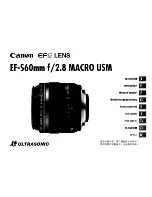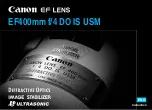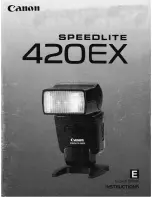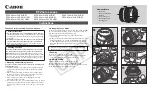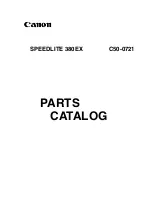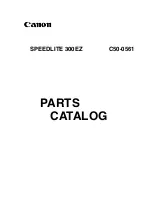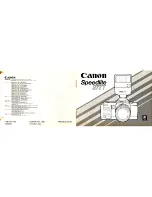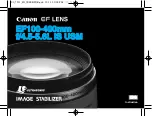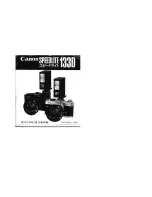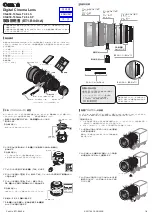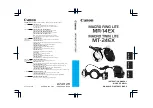
Pike Technical Manual
V5.2.0
38
FireWire
Capabilities of 1394a (FireWire 400)
FireWire 400 (S400) is able to transfer data between devices at 100, 200, or 400
MBit/s data rates.
The 1394a capabilities in detail:
•
400 Mbit/s
•
Hot-pluggable devices
•
Peer-to-peer communications
•
Direct Memory Access (DMA) to host memory
•
Guaranteed bandwidth
•
Multiple devices (up to 45 W) powered via FireWire bus
IIDC V1.3 camera control standards
IIDC V1.3 released a set of camera control standards via 1394a, which estab-
lished a common communications protocol on which most current FireWire cam-
eras are based.
In addition to common standards shared across manufacturers, Allied Vision
offers Format_7 mode that provides special features (smart features), such as:
•
Higher resolutions
•
Higher frame rates
•
Diverse color modes
as extensions (advanced registers) to the prescribed common set.
FireWire 800 (S800) was introduced commercially by Apple in 2003 and has a 9-
pin FireWire 800 connector (see details in
1394 Installation Manual
and in
IEEE 1394b port pin assignment
on page 106). This newer 1394b speci-
fication allows a transfer rate of 800 MBit/s with backward compatibility to the
slower rates and 6-pin connectors of FireWire 400.
The 1394b capabilities in detail:
•
800 Mbit/s
•
All previously described benefits of 1394a
•
Interoperability with 1394a devices
•
Longer communications distances (up to 500 m using GOF cables)
Caution
While supplying such an amount of bus power is clearly a ben-
eficial feature, it is
very
important
not
to exceed the inrush
current of 18 mJoule in 3 ms.
Higher inrush current may damage the Phy chip of the cam-
era and/or the Phy chip in your PC.
































